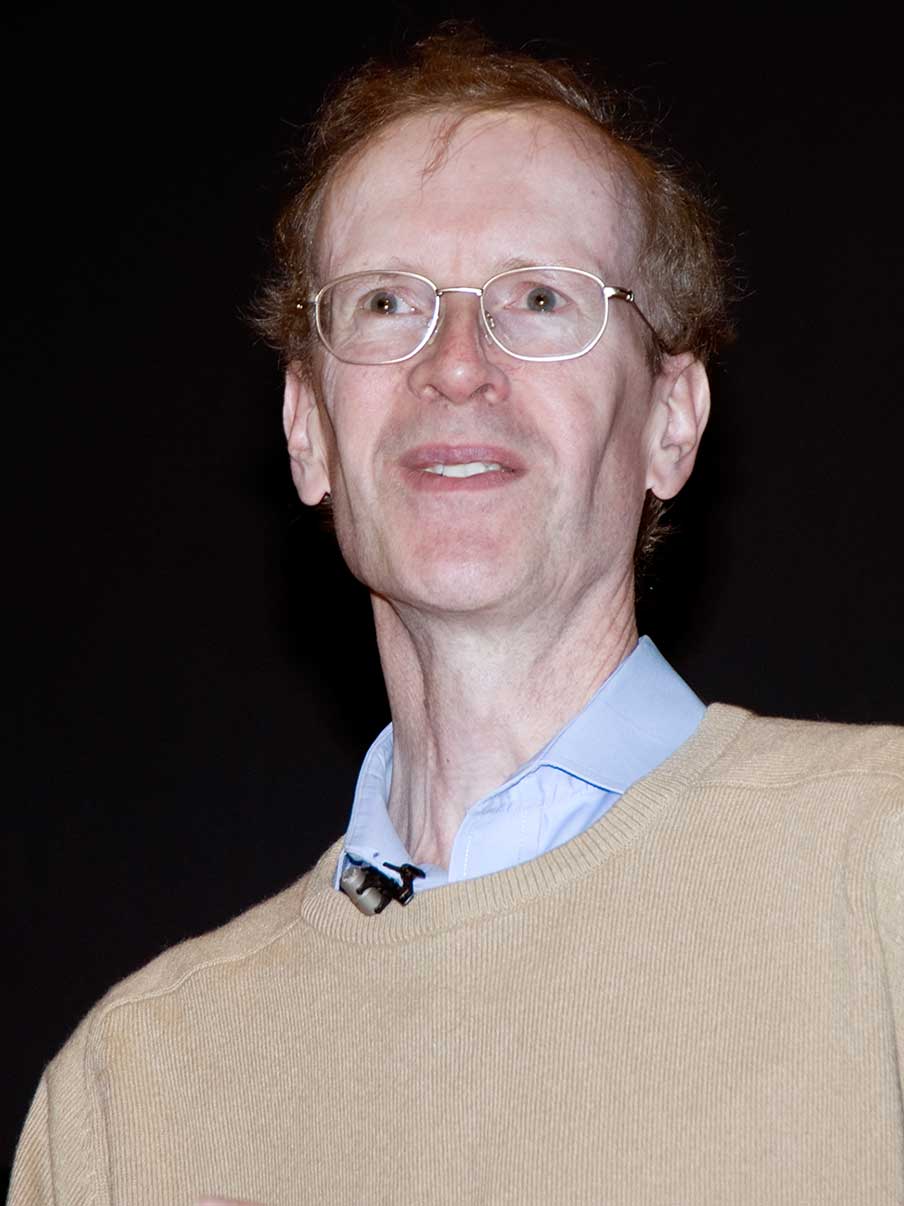Sir Andrew J. Wiles receives the Abel Prize

The Norwegian Academy of Science and Letters has awarded the Abel Prize for 2016 to Sir Andrew J. Wiles (62), of the University of Oxford, “for his stunning proof of Fermat’s Last Theorem by way of the modularity conjecture for semistable elliptic curves, opening a new era in number theory.” Sir Wiles will receive the Abel Prize from H.R.H. Crown Prince Haakon at an award ceremony in Oslo on 24 May.
The full press release can be found here. The Abel Prize is considered to be the most prestigious lifetime achievement award given to a mathematician and its monetary as well as reputation value is at with the Nobel Prizes. Awarded every year, past winners include S. R. S. Varadhan, Endre Szemeredi and John Nash among others. Sir Andrew J. Wiles, born on 11 April 1953 in Cambridge, earned his bachelor’s degree in mathematics in 1974 at Merton College, Oxford, and a PhD in 1980 at Clare College, Cambridge. After a period at the Institute for Advanced Study in New Jersey in 1981, he became a professor at Princeton University. In 1985–86, Wiles was a Guggenheim Fellow at the Institut des Hautes Études Scientifiques near Paris and at the École Normale Supérieure. From 1988 to 1990, Wiles was a Royal Society Research Professor at the University of Oxford, before returning to Princeton. He rejoined Oxford in 2011 as Royal Society Research Professor.
The proof of Fermat’s Last Theorem is considered the crowning jewel of 20th century mathematics with many deep number theoretic techniques involved in the proof. It took Sir Wiles close to a decade of tackling the problem in isolation and finally proving the result with inputs from Richard Taylor. The theorem which was conjectured by Pierre de Fermat, a French amateur mathematician states that for any three integers $$x,y,z$$ such that $$xyz\neq 0$$ and $$n\geq 3$$, a natural number, the Diophantine equation $$x^n+y^n=z^n$$ has no solutions. Fermat, wrote down this observation in his copy of a book by Diophantus saying that he had a proof but the margin of the book was too narrow for him to write it down. Although, there has been numerous speculation but no such proof has till date been found and mathematicians believe that Fermat did not have a complete proof for his assertion. The names of famous mathematicians like Euler, Sophie Germain, Kummer, Gauss, etc are associated with the result; each of whom proved the theorem for specific values of $$n$$.
